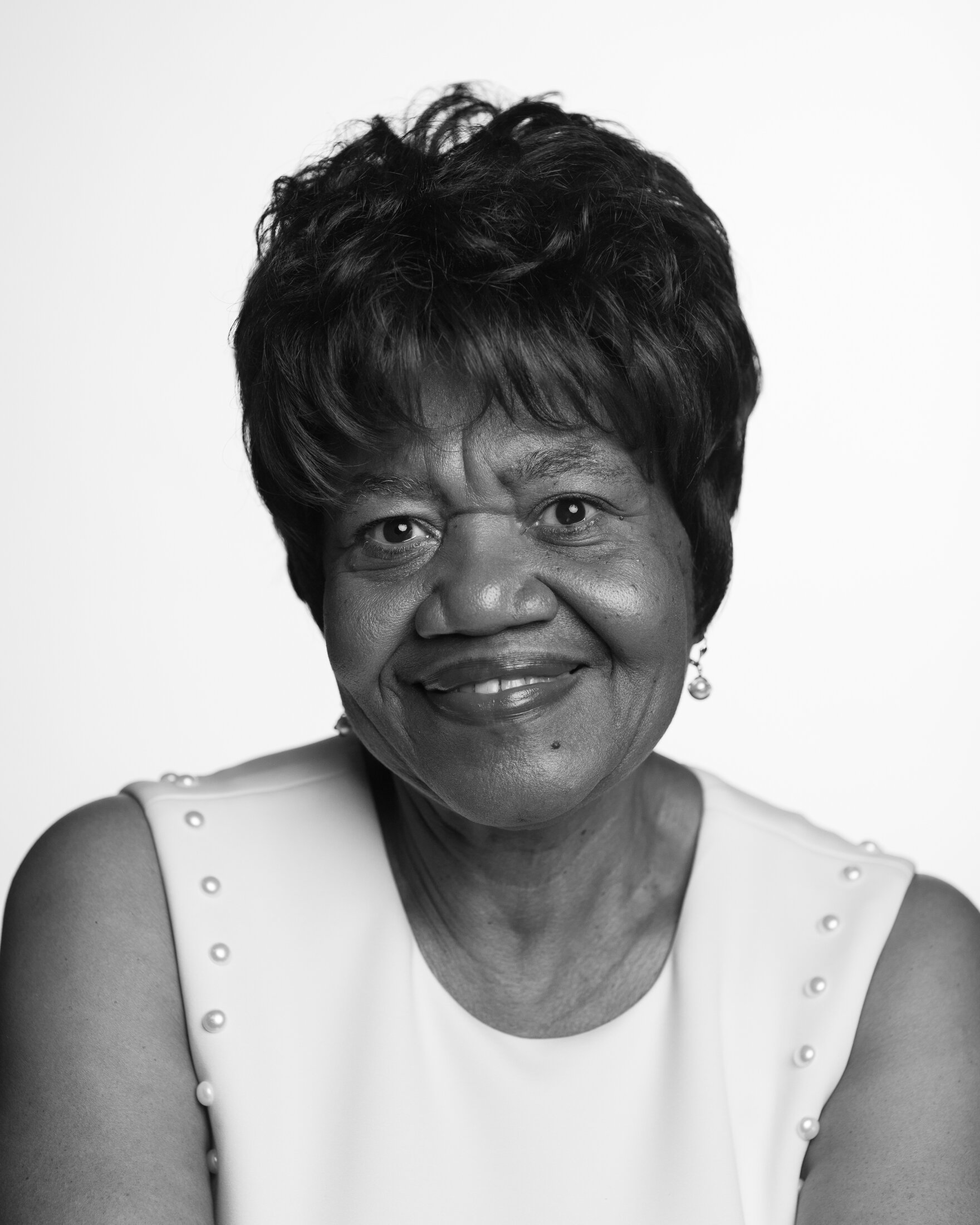January 23, 2020–May 31, 2021 at The Valentine
Lindsay Bryant

January 23, 2020–May 31, 2021 at The Valentine
Lindsay Bryant
Eric King
—
Portraits by Michael Simon. Exhibition Photography by Steven Casanova.
Willnette Cunningham, signing her autograph.
Excerpt from the Exhibition Catalog
01
We interviewed 30 people, including public health officials, medical providers, activists, those who have lost loved ones to AIDS, and those living with HIV. One of our most memorable experiences was recording a group conversation among seven women and one man who have been living with HIV. It is our hope that their stories—of loss and comradeship, pride and frustration, conflict and transcendence, and hard choices about the things that matter most—will expand the ways we think about HIV.
02
Participants in the project came from all walks of life, with a wide range of interests, cultural and racial backgrounds, ages and sexual orientations and genders. Photographer Michael Simon framed all of the participants similarly, so that no single one is larger or more distant than the next. The tightly focused black-and-white images minimize the differences in clothing and dress between the participants. The result: a series of portraits that invite viewers to meet the gaze of the portrait subjects.
The main purpose of portrait photography is to capture the essence of the subject(s). These portraits serve as legacy photographs for multiple generations to come. These beautiful portraits are a way of changing the world’s perception of people living with HIV.
What interested you about the project initially?
What surprised you during the process of taking the portraits?
03
The Photographer
04
Public health officials, medical providers, activists, those who have lost loved ones to AIDS, and those living with HIV have shared stories with us that are by turns moving, comic, thought-provoking, and profound. It is our hope that their stories—of loss and comradeship, pride and frustration, conflict and transcendence, and hard choices about the things that matter most—will change the ways we think about HIV.
05
Voices from Richmond’s Hidden Epidemic is an attempt to shift conversations around the epidemic from statistics to the lived experiences of people affected by HIV. Through excerpts of oral histories by Laura Browder and Patricia Herrera, accompanied with photographic portraits by Michael Simon, we seek to tell the story of HIV today from multiple perspectives. A highlight of the exhibition is a series of cascading books—essentially a paper version of the AIDS quilt—created by women in an HIV support group at St. Paul’s Baptist Church, in collaboration with our students at the University of Richmond.
Listen to the Group Interview.


Guy Kinman, Aaron Pavelis, The Valentine

Listen to the Group Interview.
Listen to the Group Interview.

Listen to the Group Interview.


Listen to the Group Interview.
Listen to the Group Interview.


Listen to the Group Interview.
Listen to the Group Interview.

Listen to the Group Interview.
